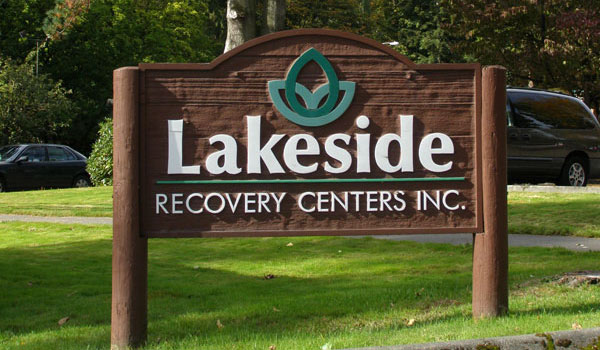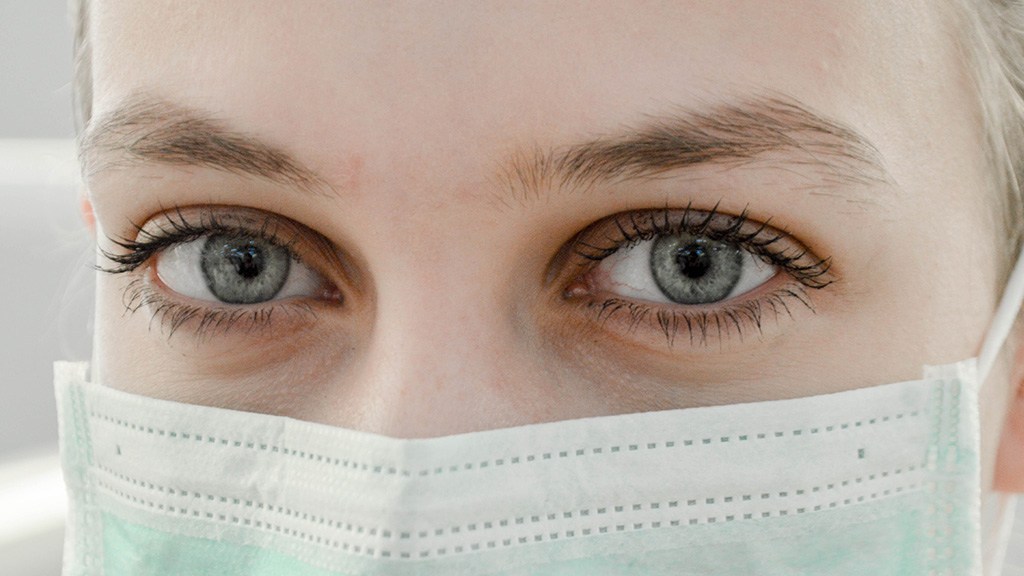As America’s opioid epidemic continues to claim more lives, those suffering from chemical dependence are not the only ones affected. We’ve discussed before that substance use disorder is a family disease, impacting those who are around an addict. Today, a new study finds that even doctors caring for these patients are affected by addiction.
Doctors Burnt Out by Opioid Epidemic
Through a combination of interviews and observations, researchers found that many primary care physicians are struggling to care for patients experiencing chronic pain. “You are in between a rock and a hard place,” said one doctor. “You are a compassionate individual who doesn’t want to leave your patients in pain, but you’re also aware that if you continue down this road, you run the risk of killing your patient. What an awful dilemma.” Other medical professionals said that the crisis has led them to be suspicious of those requesting opioids, leading some to perceive their patients as addicts or potential addicts.
Researchers initially sought to learn more about physician workload, particularly with respect to chronic pain and associated conditions. They conducted 60-minute interviews with more than 60 physicians from a variety of backgrounds. They also spent over 40 hours observing the interactions of doctors and patients. However, the consistent responses about the stresses of pain relievers and opiate medications were unexpected, and quickly led the research team to begin asking tougher questions.
Many participants described a disconnect between patients’ hopes and expectations for pain management and the reality of what doctors can provide. Physicians expressed emotional exhaustion, lowered levels of job satisfaction, and beginning concern about burnout. For some doctors, concerns about policing patient requests for opioid pain medications were severe enough to keep them up at night.
One physician said, “I constantly struggle on wanting desperately to believe the patients of their pain, but having that fear that it’s being diverted. Medications are being diverted or not used appropriately all the time. So, the subjectivity of it I find I struggle with all the time… I feel in our high-risk clinic almost it’s guilty until proven innocent, and that saddens me as a physician.”
Providing Alternative Treatments
The study also illustrated growing concern about the social and economic factors at play in medical treatment. While a large body of research demonstrates the effectiveness of alternatives to medication, such as physiotherapy and massage therapy, these services are often unavailable for those in poverty. This can be due to a cost concern, or because one has a job that does not provide benefits that cover this expense. It can also be challenging to enact lifestyle changes because patients have other, more pressing concerns: housing, safety, and food must take priority over long-term planning. For these reasons, medication can often seem to be the only option for many patients.
Professor, sociobiologist, and lead author Fiona Webster argues that this “diverts attention and resources from social services and education and toward clinical treatment where physicians are poorly situated to manage the situation.” She states that while doctors are doing the best they can, they often don’t have the resources they need. Instead of punishing physicians for over-prescribing, Webster asserts that there needs to be an emphasis on further research and accessibility for pain-relieving opiate substitutes.
Luckily, there have been large, nationwide pushes for widely available non-opioid pain management. Because an estimated 100 million Americans live with chronic pain, researchers and policymakers alike have combined to develop options that everyone can afford – as well as to make opioids less commonly prescribed.
The U.S. Department of Health and Human Services released a National Pain Strategy to call for treatment plans that incorporated mental health services, social and work concerns, and alternative therapies. They have also compiled a report for physicians to use while treating chronic pain, which summarizes the research behind non-drug treatments and their effectiveness. With an emphasis on positivity and realism, the future of chronic pain patients – and their doctors – is brightening nationwide.
Accessible Addiction Treatment for All
At Lakeside-Milam, we believe that the miracle of recovery should be available for everyone. That’s why we’ve offered effective, affordable treatment since 1983. Our services are covered by most major insurance providers; call 1-800-231-4303 to verify your insurance coverage today.






